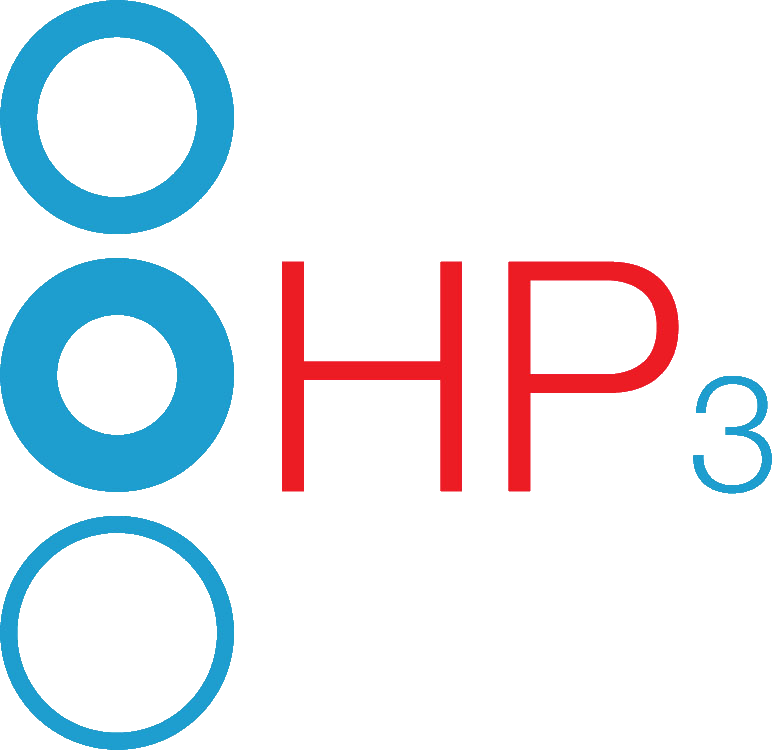
Rest is as important as any training we do, consider all these types of rest and ensure you are caring for your mind, body and spirit
Different types of rest and recovery
-

Physical rest and recovery
This can be active or passive.
Active recovery includes very easy walks, runs, cycles, yoga, stretching/mobility. Essentially movement with low stress.
Passive recovery includes sleeping, napping, or perhaps getting a massage.
-

Mental rest and recovery
Training your mind is as important as training your body, and this includes teaching your brain to ‘switch off’. Incorporate short breaks throughout your working day to pause and let your mind refresh. Incorporate meditation or mindfulness techniques if this helps. If you find yourself lying awake or struggling to sleep, keep a notebook by your bed to write any thoughts down that would otherwise keep you awake.
-

Sensory rest and recovery
Modern life is full of bright lights, computer screens, constant noise. All of this can lead to overwhelming our senses if sustained for too long. Counter this by simple exercises such as closing your eyes and pausing in the middle of the day. Switch off your electronics at the end of the day. Include those exercise sessions with no gadgets (Shinrin Yoku).
-

Creative rest
This is important for anyone who must solve problems or create new ideas. Creative rest allows you to reawaken the awe and wonder inside of us. Our Shinrin Yoku exercise is a great way of doing this, getting out into nature, but it can also be about enjoying the arts.
-

Emotional rest and recovery
Emotional rest and recovery involves spending time with those who provide positivity and support to you. If your job requires you supporting others, perhaps in a caring / medical field, you must also ensure you seek out rest and recovery in order to rebuild your own emotional reserves.
-

Spiritual rest and recovery
As social beings it is important to develop that deep sense of belonging, love, acceptance and purpose. To receive this and recharge your spirit include activities such as prayer, meditation, community involvement in something bigger than yourself. Feed your soul.
When applying these principles to sport and training the feelings and sensations reported often fall into 3 categories:
1) Flatness
2) Soreness
4) Lethargy
But remember there are also the non-sporting related fatigue elements we need to consider - such as life stress with solutions discussed as above.
Flatness
You’ve lost that top end speed, the pop or responsiveness. This is often due to high volume at low intensity work. To remedy this you want to work on increasing the muscle tension with fast twitch / reactive work; eg. plyometrics and short sprints / strides, while reducing the volume to get fast without introducing fatigue.
Soreness
Your tissues are stressed due to a change in volume, intensity or lack of recovery. We need some overload to stimulate a change, but too much overload or lack of recovery can be negative. To remedy this we need to focus on the repair processes; sleep, eat more (carbs and protein), 20-40g of protein before bed, regular easy movement (walk, swim, yoga, just move!), do easy drills and get a massage or use your massage gun/ rollers etc.
Lethargy
Have you gone stale, or a general feeling of malaise with low energy? Consider getting a blood test to check iron levels, vitD, hormonal status etc. Review your recovery strategies as above, increase overall energy intake. Adapt the training to do mostly very easy with intermittent strides or surges with long recoveries in between. Consider splitting sessions so half in the morning and half in the afternoon rather than a single longer session.
